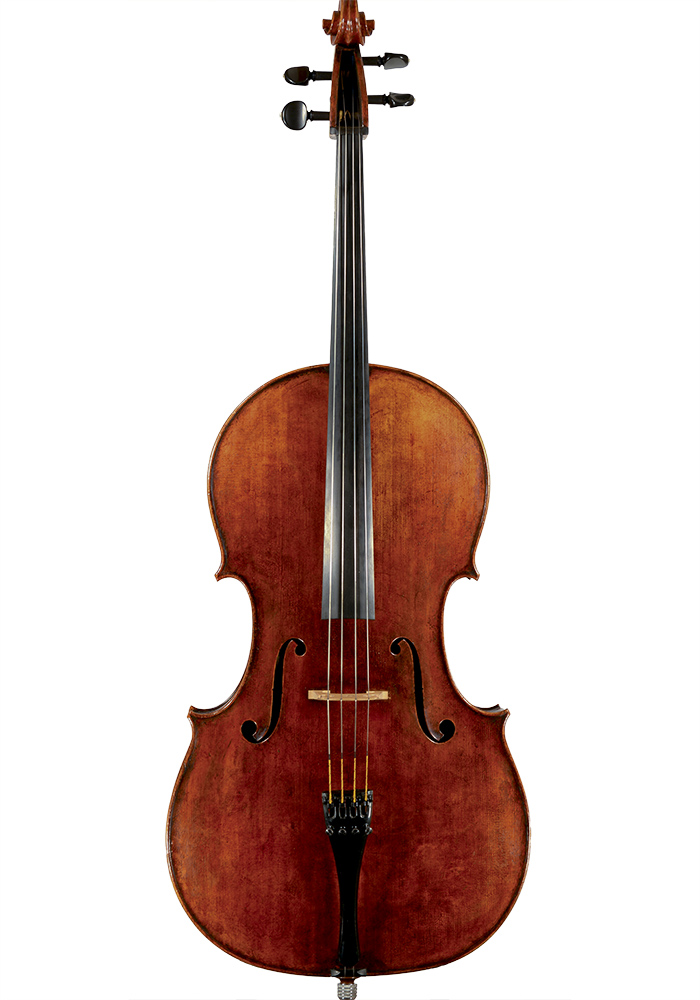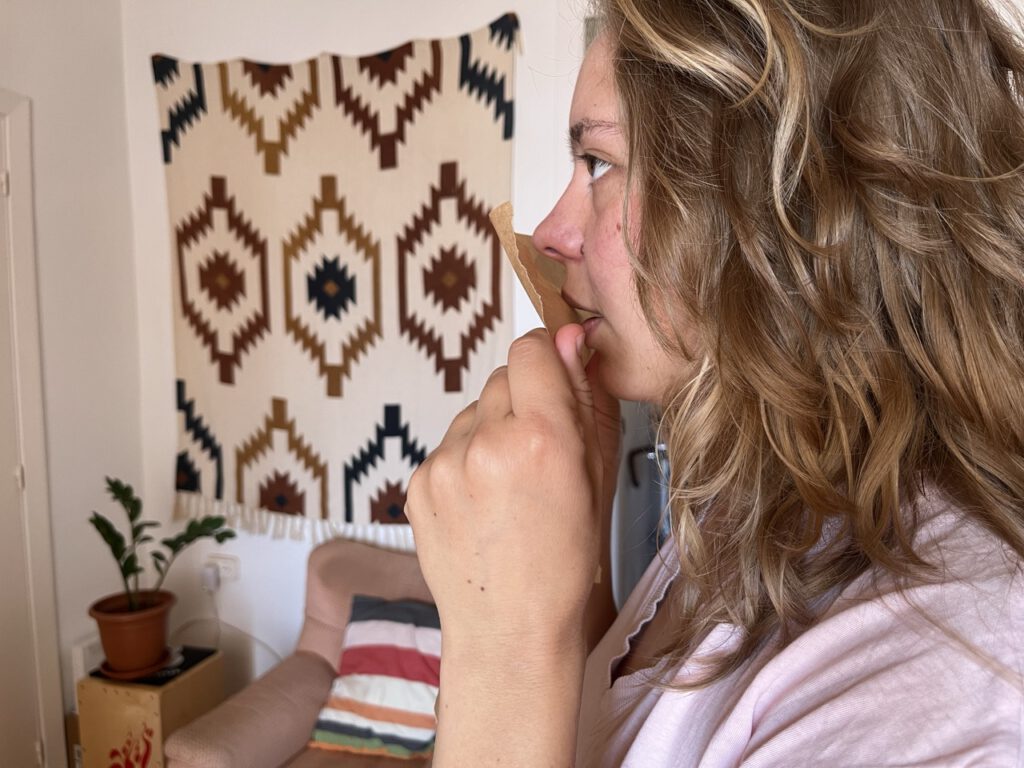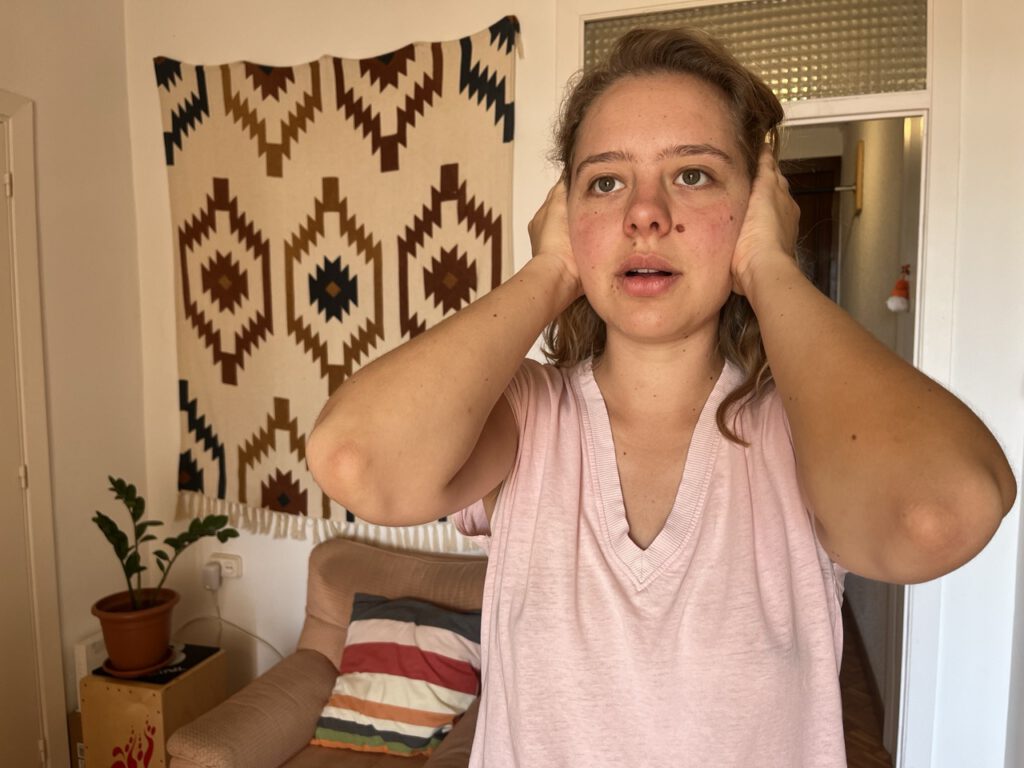Have you ever wondered why some singers have that captivating, full-bodied sound that fills a room effortlessly? The secret often lies in vocal resonance—the way your voice vibrates inside your body and the space around you. Resonance transforms a simple note into a rich, vibrant experience, making your singing more enjoyable for both you and your listeners. Whether you’re just starting out or looking to improve your tone, understanding resonance can unlock a whole new level of expression and confidence. Let’s dive into what resonance really is, the science behind it, and how you can develop it in your own singing voice!
What Is Resonance in Singing?
Resonance in singing is all about the vibrations that happen inside your body and the space around you. When your vocal cords produce sound, those sound waves don’t just stop there—they bounce off the surfaces inside your throat, mouth, and chest, then travel through the air and reflect off walls in the room. This echoing effect adds depth and richness to your voice. Every voice naturally resonates when we talk, but in singing, we aim to maximize that resonance to create a sound that’s fuller, more vibrant, and pleasant to the ear. It’s what helps your voice fill a room without shouting!

Growing up around my dad, who makes violins (see Geigenbau Rexhausen), I saw firsthand how resonance works in instruments. His goal was always to shape each violin so it would sound clear and powerful in concert halls. That’s the same principle with singing—the more your voice resonates, the more it carries and touches listeners. When you sing, you can actually feel resonance as vibrations in your chest, head, or face. Sometimes, if you listen closely, you might even notice subtle harmonic tones ringing along with your main note. It’s a beautiful, almost magical part of singing that makes your voice unique.
Some people think resonance is just about volume, but it’s so much more than that. Yes, resonance helps increase loudness, but its true power lies in enriching the tone and making your singing voice expressive and alive. Volume without resonance can sound harsh or flat. When your voice resonates well, it feels like the sound flows effortlessly, with natural warmth and clarity.
The Science Behind Vocal Resonance
Understanding a bit about the anatomy of singing can really boost your awareness and control of resonance. Knowing how your vocal muscles, vocal cords, and resonating chambers like your chest, mouth, and nasal cavities work helps you sense what’s happening inside as you sing. I like to think of it as a tool that helps connect the dots—not something to overthink, but something to use to fine-tune your feeling. The body is complex, and the voice is no exception. Scientific knowledge supports what your body already knows through sensation.
Depending on different factors, like the pitch you sing or the vowels you’re singing, you’ll feel resonance in different places of your body. Sometimes, it even feels like the vibration extends beyond your body—like your skin or the space around your head is humming along! To better locate these sensations, I love placing my fingers on different places of my body while singing. It’s amazing how much resonance you can feel with a simple touch.
Some unique tools can help you discover where your voice resonates best. I often use a sheet of baking paper lightly in front of my lips while singing vowels—it starts to flutter or vibrate when you hit the right spot. Balloons work really well for this too! This playful experiment connects your ears, voice, and body in a way that’s both educational and enjoyable.

When it comes to singing, I rely on both feeling and understanding the physics behind it. Feeling always leads because singing is so intuitive—your voice lives inside your body, and you can’t see it working. But understanding how the vocal cords vibrate, how air flows, and how sound waves travel through the body helps me sing with more precision. It’s a beautiful balance between the science of sound and the art of expression.
Types of Vocal Resonance
There are a few different types of resonance you can explore in your voice, some of them are: chest resonance, head resonance, nasal resonance, and a mixed voice that blends them. Each type has its own unique sound and feeling. For me, chest resonance was the hardest to develop. I started singing classical soprano parts, which favoured head resonance. The chest voice felt like a challenge—I had to learn to let it happen naturally instead of pushing the sound out, which took patience and practice. Funny enough, after years of singing, its almost the other way round.
Your voice naturally shifts between these resonances depending on the notes you sing. Lower pitches often call for chest resonance—giving that warm, strong and grounded sound—while higher notes resonate more in the head and nasal cavities, creating brightness and sparkle. Mastering how to smoothly switch between these types, or blend them into a mixed voice, is a major step for singers. It makes transitions seamless and your voice sound flexible and expressive.
Another resonating space is the nasal area. It is very important for shaping the sound quality of popular music styles. Non-native English speakers sometimes struggle with this.

If someone told me my voice wasn’t nasal enough, here is how I’d focus on practicing that nasal quality, also called “twang.” To get started, I’d imitate sounds like a crying baby, a whining cat, or even a seagull’s call—these playful imitations help you feel the vibration and focus in the nasal area. You can also try inhaling as if you’re smelling something you really like. Notice where the air comes in—that’s the space you want to feel resonate and where you want to send your sound. Getting nasal resonance right isn’t about sounding “nasally” like a cartoon; it’s about finding that focused, ringing tone that helps your voice cut through music or fill a room.
How to Develop Resonance in Your Singing Voice
Building resonance in your voice starts with simple, focused exercises that help you feel the vibrations inside your body. My favourite warm-ups include lip trills and humming because they let you concentrate on how the sound moves and resonates without forcing it.
For me, there wasn’t just one moment when my resonance clicked—it was a gradual process full of small “aha” moments. Working with different teachers really helped me develop my sensing abilities. Singing every day, experimenting, and just paying close attention to the vibrations and feelings inside my body made all the difference. It’s like tuning an instrument—patience and playfulness are key!
One really fun exercise is almost fully covering your ears with your fingers, but not completely (about 80%). Then sing and experiment with your sound and how much your need to close or open your ears. Look out of a ringing sound in your ears. Once your locate it try to feed it and let it grow. Then when its strong and present, slowly take away your hands and see how the sound changed compared to before covering your ears. This will help you connect your inner hearing to what the voice is doing physically.

I learned this exercise of covering the ears from Lilith Jappe who works with the Lichtenberger® Methode. She offers amazing voice training and trauma-sensitive voice development in Germany!
Once I started focusing on resonance, my practice shifted away from strict technical drills and toward exploration. I began to trust my body’s sensations more and enjoyed playing around with how different sounds felt and carried. It’s less about rigid routine and more about listening to your voice, adjusting, and having fun with it. That curiosity keeps the voice fresh and alive!
If you’re just starting out and can’t feel or hear resonance yet, try teaming up with a friend. Let them place their hand on your chest or throat while you speak or sing—feeling the vibrations together can make resonance more real and easier to grasp. Listening carefully to different sounds and comparing how much they resonate can also train your ear. Another cool trick is using a singing bowl filled with water—you can see the ripples from the sound, making resonance visible!
Common Mistakes and How to Fix Them
I’ve definitely tried to force resonance in my chest voice early on, and it didn’t sound or feel good. When you push too hard, your voice gets tight, pressed, and loses its natural warmth. It’s tempting to try and “muscle” your way to power, but forcing usually leads to tension and strain. Trust me, that path doesn’t help your voice grow stronger—it just tires it out.
I struggled with yelling and breath-holding when I first worked on my chest voice. I’d push too much, trying to make it loud and strong. What helped me was discovering twang—the nasal quality that channels the sound more efficiently and makes it ring without strain. Learning proper breath support was also a game changer. Activating the lower belly and keeping steady airflow allowed me to feel like I was “drinking in” the sound, not pushing it out. That gentle inward feeling combined with strong breath gave my voice freedom and power without tension.
One common mistake I see among singers—beginners and pros alike—is pushing the chest voice without enough breath support. This often leads to tension in the throat, jaw, and tongue, which blocks resonance. Tongue tension especially can kill your voice’s natural flow. Stress makes things worse, so it’s important to notice when you’re tense and learn how to relax. Freedom in singing feels flexible, easy, and playful. Tension feels tight and heavy, sometimes sneaky. Learn to sense those tight spots and gently release them, it will make all the difference in how your voice sounds and feels.
Resonance Exercises and Practice Routines
Ready to feel your voice truly resonate? Great! This section brings together the exercises already mentioned in this post—so if anything sounds familiar, that’s because we’ve explored it before! Think of this as your go-to cheat sheet. Each practice is simple, effective, and helps you build that warm, vibrant tone singers crave.
You’ve already learned about lip trills, humming, covering the ears to find a ringing sound, and even fun tools like baking paper and balloons to visualise vibrations. These aren’t just warm-ups—they’re body-mind tuning sessions. Use them daily. They’ll wake up your resonance and get your voice buzzing in all the right ways.
Build Your Resonance Routine
Here’s a sample practice flow you can customise. Check out my Ultimate Guide for Ultimate Guide for Best Vocal Exercises for Singers for more exercises.
1. Ground Your Breath
Start with a few deep belly breaths and slow, controlled exhales. Feel your lower abdomen expand and contract. Keep your shoulders relaxed and your chest wide and spacious. This sets up your breath support without tension—key for resonance!
2. Hums and Lip Trills First
Begin your sound journey with gentle hums and lip trills. No pressure here—just let the sound ride the air. Focus on feeling vibrations in your lips, nose, cheekbones, and throat.
3. Sirens & Slides
Gliding smoothly from low to high notes—like a siren—helps you explore resonance placement through pitch. Start in your chest voice and let the sound rise into your head and nasal area. You can do this with humming and lip trills or use sounds like ‘ng’, ‘l’, and ‘ye’. Don’t overthink it—go by feel.
4. Explore with Vowels
Slide between different vowels (A-E-I-O-U), paying attention to how the resonance shifts. Try stretching or narrowing your lips as you sing each vowel and notice how that changes the sound. Also play with bringing your tongue forward or backward and see what that does.
VISUAL TIP: Draw five vowel shapes with simple mouth diagrams and note where the sound might vibrate (chest, nasal, head). It gives your brain a map and makes practicing way more fun!
5. Add Movement or Touch
Gently place your fingers on your chest, nose, or cheeks while singing. Try moving around, even swaying slightly. Connecting body and voice helps build awareness and keeps your energy flowing.
6. Use Feedback Tools
Bring out that baking paper or grab a balloon again. You know what to do! Use them to check for vibrations and feel the sound waves in action.
Final Thought:
Don’t rush this. Resonance grows with regular, curious practice. Some days it clicks; other days you might feel off. That’s totally normal. Keep it playful. Sing into different rooms, record yourself, experiment with new sounds—and most of all, trust your body. It’s already doing so much right.
How Professional Singers Use Resonance
When I think of a singer who masters resonance beautifully, I think of artists whose voices naturally fill the room with warmth and clarity without effort. These singers don’t just sing notes—they make the sound live and breathe. The way their voices resonate in different spaces shows incredible control and awareness.
Choosing Resonating Spaces
Performing in a space like a church, tunnel, or cave is an unforgettable experience for any singer. The way the sound bounces off the walls creates natural echoes and resonance that almost become part of the music. I love these acoustic environments because they make your voice feel alive in a whole new way.

Acoustic vs. Amplified or Recorded Singing
In live concerts versus recording studios, the technique shifts a bit. In the studio, every detail counts—the distance to the mic, the subtlety of pronunciation, the tonal colors. Live, it’s more about connection and projection. You want your voice to carry and reach the back of the room, but it also needs to be flexible and expressive. Amplification changes things too, but in an acoustic setting, resonance is king. The energy between you, your voice, and the audience creates something truly special.
Conclusion
If you’re frustrated with your tone or progress, don’t give up! Singing is a journey with many ups and downs. Sometimes a lesson or singing with friends can spark new inspiration. Focus on playing with your voice, sensing the vibrations, and feeling the music inside you. Remember, technique is only one piece of the puzzle—connection, emotion, and joy are just as important. Put on your favorite song and enjoy the sound, even if it’s not perfect yet.
The one thing I wish every singer understood about resonance is that it’s more about letting it happen than trying to control it. When you relax and allow the vibrations to flow naturally, your voice blossoms in a way that no amount of force can achieve.
For me, resonance has become a source of confidence and excitement. It helps me connect deeply with my audience and with myself. Singing with resonance isn’t just about sound—it’s healing and empowering. It’s a way to express emotions and bring music to life. Learning to listen to your body and voice is one of the most beautiful gifts you can give yourself.


